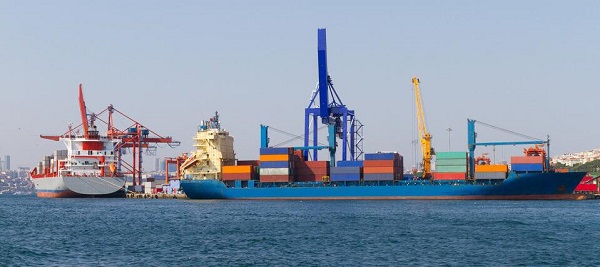
Exhibition time: 17-19 March, 2026 Shanghai, China
 中文
中文

Exhibition time: 17-19 March, 2026 Shanghai, China
 中文
中文

Argentina achieved a fertilizer consumption record in 2019 of 4.6 million tons. In addition to a significant growth in the production of national fertilizers, two thirds of consumption in the country came from imports.
During the 2019/2020 campaign, Argentina’s granary production reached a volume close to 135 million tons on a cultivated area of 38.2 million hectares. According to the Ministry of Agriculture, Livestock and Fisheries, 21 years ago, some 26.7 million hectares were cultivated and some 60.3 million tons of grain was produced, reflecting a considerable increase in both area and productivity witnessed over the last two decades of agricultural activity.
Under this context and especially over the last three decades, the consumption of fertilizers increased more than 10 times from 300,000 tons in 1990 to 4.6 million tons in 2019, according to information from the Chamber of the Argentine Fertilizer and Agrochemical Industry (CIAFA). The significant expansion of the agricultural sector and technological improvements to production techniques, in addition to the higher relative production of wheat and corn in recent campaigns and the growing use of fertilizers per hectare on these crops, have significant affected the fertilizer market, strongly increasing demand for and, subsequently, the importation of essential inputs.
In the country, approximately 65% of fertilizers used on agricultural activities are imported and 35% are sourced from the national industry. However, the growth in the use of domestically-manufactured products in recent years has been remarkable. Therefore, while the consumption of domestically-produced fertilizers has increased by 650% since 2000, the consumption of imported fertilizers increased by 90%.
The 4.6 million tons of fertilizers used in 2019 established a historical national record, increasing by 9% compared to the previous year, showing an ongoing trend of expansion since 2015, and coinciding with the improvements to a series of technological and product diversification approaches to include more cereals in the rotation. Out of the total amount consumed last year, nitrogen fertilizers accounted for 2.6 million tons, followed by phosphate fertilizers with 1.7 million tons, sulfur fertilizers with 0.20 million, and potassium fertilizers with 0.07 million tons, according to CIAFA data. National production also reached 1.7 million tons that year, with exports reaching almost 300,000 tons.
In 2019, 3.2 million tons of various types of fertilizers were imported, representing almost 68% of total use. Fertilizer imports accounted for a foreign exchange trade value of US$1.05 billion.
During the 2010-2019 season, fertilizer imports grew by 34%, with spending in terms of value increasing by almost 12% over the decade. In 2018, weather conditions did not favor crops, while in 2019, Argentina achieved a record harvest of corn and wheat. Despite the considerable progress in the national production of fertilizers, it is clear that the country is dependent on the external market of this fundamental sector.
Transforming nutrients into crops continues to be key to increasing profitability, and is a fundamental tool for improving soil sustainability. It is also key at a macroeconomic level to achieving higher production and grain export levels, while a better rate of foreign exchange will enable the country to overcome ongoing external restrictions that are negatively affecting the country's economy.
According to data from the INDEC, in the first four months of 2020, almost 700,000 tons of fertilizers of different types were imported, valued at some $192 million. Many of these products were in demand due to the rise in planted wheat area during the 2020/21 campaign, where the application of nitrogen fertilizers is key to good results. Forecasts for this wheat campaign highlight a base area of 7 million hectares, 2% above the previous season and the largest area in 20 years. In conjunction with this, an improvement in producer input-output relationship has generated incentives to ensure the provision of inputs and optimization of technological packages. There has also been a notable technological advancement in wheat production over the past five years in the Pampas region, which has led to an increase in average yields by over 20 qq/ha. At the same time, there are very high production targets for the 2020/21 maize season.
Fertilizers are fundamental to achieving crop yield, quality, profitability and sustainability, and recent experiences have demonstrated this. The case of wheat can be used as an example, and it is noted that the increase in “technification” enabled a notable improvement in yields and, subsequently, a strong boost to the chain's exports. Therefore, in 2019, wheat production was valued at over $2.8 billion, ranking fifth among the major export sectors of the Argentine economy. Five years ago, this figure barely reached $950 million, according to INDEC data.
From Agropages
